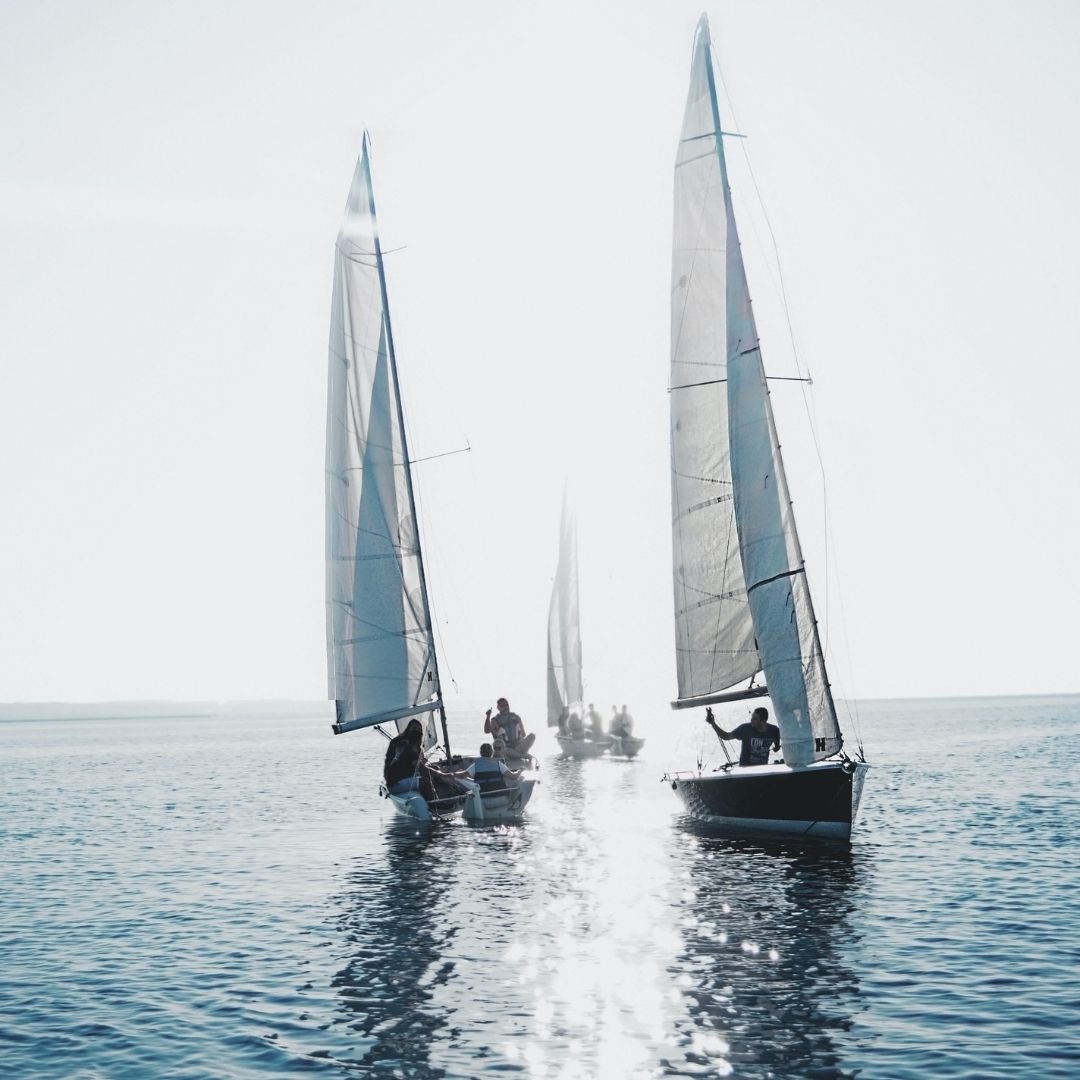OFFSHORE SAFETY GEAR CHECKLIST
Whenever you operate your boat you are required to carry certain essential safety equipment on board. The exact list of equipment you take with you will depend on how far offshore you travel. If you are heading more than 5 nautical miles offshore, then you should have a comprehensive wardrobe of gear suitable for any situation.
Let's look at the pieces of gear we think are the most important first.
LIFE JACKETS
In most countries, if you are attempting an offshore passage, you must provide a working life jacket for every passenger on board. Life jackets have proven time and time again to be essential in boating accidents.
It is the duty of the skipper to instruct passengers and crew on how to properly fit, wear and operate a life jacket in the event of an emergency. When boating offshore, life jackets should be worn at all times.
MARINE RADIO
A working marine radio must be carried if operating more than 5 nautical miles offshore. The radio can be 27 MHz, VHF, or HF. This is your best means of communication in an emergency while offshore for long periods of time, as mobile reception is unreliable over such great distances.
FIRE EXTINGUISHERS
An important safety measure on long offshore trips is access to fire fighting equipment. The confined quarters of a boat, coupled with fuel storage and electrical systems means if there is a leak or a fault, things can quickly escalate and fire can spread quickly. Most chemicals on a boat can not be put out simply with water and often require something more heavy-duty.
Vessels with an inboard engine or carrying hydrocarbon heating or cooling appliances must carry an approved fire extinguisher.
EPIRB
Whenever attempting an offshore passage, we recommend you take an EPIRB. An EPIRB alerts search and rescue services when activated, allowing them to quickly locate boaters in the event of an emergency. It transmits a coded message on the 406 MHz distress frequency which is monitored by a global satellite system.
FLARES
At least two handheld red flares and two handheld orange smoke signals must be carried in the event of an emergency. Two parachute flares may be carried in lieu of the two handheld red flares. Smoke canisters are another acceptable alternative.
These signals should only be let off in the sight of another vessel or aircraft to increase the chances of being seen. When you are far offshore your chances of being spotted is reduced significantly without signals.
OFFSHORE SAFETY GEAR CHECKLIST
These are just the essential pieces of gear you'll need to carry. There are many more items we recommend purchasing. These include:
waterproof charts
bilge pump(s)
grab bag
life raft
throwable flotation devices
first aid kit
water and food
sunscreen
PLB
handheld VHF radio
waterproof torch
distress flag
portable or fixed horn
bailer or heavy-duty bucket
oars or paddles on small boats
anchor and chain or line
V-sheet
compass
emergency steering
safety harnesses
portable GPS
recovery system for man overboard
radar reflector items
snorkel and mask to look at the boat underwater.
You can never have too much gear on your vessel. Your safety is extremely important. In an emergency, you won't care about how much you spent on your equipment. What counts is how useful what you have onboard turns out to be for your survival.
Check what safety gear items are compulsory in your own country before heading out. Requirements vary around the world.
Use the Deckee app to log and track your offshore trip, so you can save your notes. You can share it with family and friends to let them know where you are. Download the Deckee app from the App Store or Google Play.

